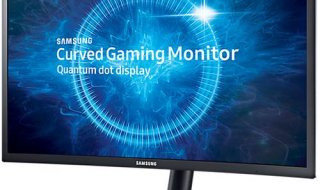Artificial intelligence is an academic field that studies how to create computers and computer programs capable of intelligent behavior. According to Wikipedia, “Artificial intelligence is the intelligence of machines, where an intelligent agent (system) perceives the environment and takes actions that maximize its chances of success. Bitcoin360ai suggests you to check out their website in case you are interested in AI trading.
The concept of machine learning
Machine learning is a subset of AI designed to classify and find patterns and extrapolate it to new data. We see many applications for machine learning.
Netflix uses a machine learning algorithm to select the best movies to recommend to you. The Amazon shopping portal uses machine learning to recommend products based on recent searches and other recognizable patterns.

Machine learning in trading
In this article, we ask the question: “Can machine learning methods be used in stock trading?” Answer: Yes! In fact, there are hedge funds based solely on AI, namely Rebellion Research and KFL Capital. Machine learning is logical and overcomes human limitations. This is important in trading where emotions can lead to failure when it comes to decision-making. Machine learning is divided into supervised learning and unsupervised learning. Unsupervised learning is the ability to find patterns in a stream of data without labeling the data. An example of this type is the self-organizing map (SOM). The limitation of this type is that the parameters by which the data should be classified are not specified. In supervised training, training data labels are specified. An example is Support Vector Machines (SVM). Here’s a great blog article that describes it all in detail.
Support Vector Machines (SVMs)
SVM analyzes data and recognizes patterns. Originally proposed by Boser, Guyon, and Vapik in 1992, SVM has grown in popularity and is currently one of the best algorithms for a range of classification problems, from text to genomic data.
As an example of applying SVM to trading, we will consider a moving average crossover strategy. There are two moving averages in this strategy, which are referred to as SMA (short moving average) and LMA (long moving average). If the SMA crosses the LMA from below, it is a buy signal, and if the SMA crosses the LMA from above, it is a sell signal. For this example, six years of Nifty (NSE) data is considered. If the price on the current day is higher than the previous day, a category called +1 is assigned. Similarly, if the price on the current day is lower than the previous day, a category called -1 is assigned. Category 0 is assigned if there are no price changes between days.
Predictions are made based on data clustering. Large numbers of data points are in the +1 zone, and very few data points are in the -1 zone. There is a general distribution of data and the forecasts can be improved by widening the range from +1 and -1 to +5 and -5. The substitute for range extension is neural networks. Packages are available in R and you can create neural networks yourself.
Conclusion
The point is to buy low and sell high. This is achieved through machine learning techniques that discover patterns in the data and make predictions. Model building is an important part of trading strategies. Based on past data and their clustering, forecasts are made for the future. There are many other models: Markov model, decision tree, random forest and many others.



